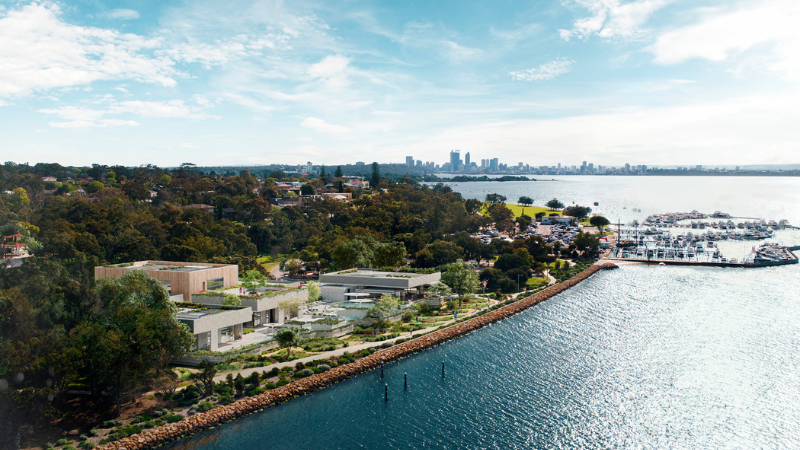Perth’s Historic Hot Springs Makeover Approved

A $25-million wellness centre in Perth’s high-end suburb of Dalkeith is slated to break ground toward the end of this year after the the Western Australian Planning Commission approved the project.
The decision comes after a lengthy battle for developers to get the green light for the project, which will bring new life to a pool first used around 100 years ago.
Reports show Mayor Fiona Argyle said the development was a bad deal fiscally, despite Nedlands land and property co-ordinator David Thomason estimating a $16.85 million return.
“We’re not in the business to create infrastructure for a private development,” Argyle said.
The proposed wellness centre, designed by Plus Architecture and spanning more than 5500sq m, will deliver “more than just a pool” and comprises 25 different hot baths including hammams and saunas, plus a restaurant, rooftop bar, cafe and day spa.
A joint partnership between FJM Property director Barry Jones and Perth Bridge Climb executive Kathryn Gunn will develop the retreat.
Formerly known as The Dalkeith Hot Pool, the pool opened in the 1920s when water was supplied from a drill hole until the casing burst when locals then built an enclosure to bathe in. The pool attracted many visitors to its allegedly healing waters.
Gunn said the tourism attraction was expected to boost Perth’s global reputation.

“While we expect to attract visitors from interstate and overseas, the Tawarri Hot Springs has been designed for and by the people of Western Australia and Dalkeith, using local materials to deliver a peaceful and sustainable wellness destination for the suburb we’re proud to call home,” Gunn said.
“We have focussed on a series of design contrasts in this project such as hot and cold, dark and light, indoor and outdoor—these encourage a sense of curiosity as guests explore the different pavilions and routes they can take across the site,” Plus Architecture director Patric Przeradzki said.
“People use these places to relax in the spa, but they also want to explore the space, take photos, and socialise so it was also important to give equal attention to the moments that exist between the ‘spa’ experiences such as dining and leisure time.”















